-
Posts
27 -
Joined
-
Last visited
Content Type
Forums
Detector Prospector Home
Detector Database
Downloads
Posts posted by Col Douglas
-
-
On 5/14/2018 at 3:12 AM, Steve Herschbach said:
Minelab still “owes” us GPZ owners a smaller coil but with Equinox occupying all their efforts....?
...... and three or four user-defined Preset Settings for the Zed.
-
Has anyone tried bone-conduction headphones, that are used by bike riders to listen to music etc., while still retaining audio awareness of their surroundings?

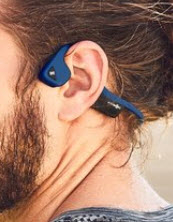
-
1 hour ago, Steve Herschbach said:
There will be two new PRO-FIND Pinpointers available, the PRO-FIND 15, and the PRO-FIND 35, both of which will obsolete the existing PRO-FIND 25 model.
How can Minelab claim that the PRO-FIND 15 makes the PRO-FIND 25 obsolete when the former has no vibrating function? Having poor high-frequency hearing, I rely on the vibrating function all the time.
-
3 hours ago, Steve Herschbach said:
What we have is a fairly standard target id system. I like the big, bold numeric display, but what is distinctly is not is a CTX display.
People of course focus on depth, but when it comes to target id accuracy how you display the information does matter. White's with the SpectraGraph and Minelab with their two dimensional display offer the ability to see multiple target id responses simultaneously. Most detectors like the Equinox give you one number one swing, then another number the next. This is because many target do not have a single target id number, but many. Ferrous targets in particular often give off a shotgun blast of target id numbers. Most normal single number display systems show you the dominant result, which can trick a user into thinking a bottle cap is a coin. The White's and Minelab advanced displays can show all those various ferrous numbers all at once, making a bottle cap quite obvious. White's has an accumulate function and the CTX has target trace, which can be used to "paint pictures" of probable mixed target id items and even give results on multiple items under the coil.
So let's just assume for the sake of argument the Equinox equaled the CTX for depth. It will still be limited by the nature of its display to a single id result at a time. For this one reason alone the CTX will still find favor with some people. Those who hunt by ear would be less concerned by this - then it boils down to audio nuance and frankly only using one can sort that out for people.
It is obvious the Equinox will have advantages over the CTX for target separation, and the Equinox 800 on small items via the 40 khz operating frequency. The CTX is still likely to have the edge for target id nuance simply because of the display. I see no reason why the two can't co-exist in the product line. There are other things like the stout design, GPS, large battery, that all differentiate the CTX from the Equinox. Choose one or the other or both, but they are both separate and viable products. The models that are feeling the obvious heat are the X-Terras - will they be discontinued? And maybe the Safari since it lacks the display nuance advantages? It would seem to be at risk of being discontinued. The E-Trac seems a bit more of a toss up but maybe a price reduction there? I don't know, pure speculation on my part, but fairly obvious I think when you consider it.
Plus a software upgrade (free or paid for) for the CTX, will ensure it stays as Minelab's premium coin machine.
Col
-
-
-
10 hours ago, Bada Bing said:
....there was floating gold everywhere in the pan. I've kept everything from the pans to fire off in a single fire just to be 100% sure.
Winning
Cheers
BB
Great result Bada Bing. Might be a good idea to go back to where you got it and start digging.
The " floating gold" reminded me of what an old pro said to me once: " If you get floating flour gold in your pan, dig straight down, it could indicate a supergene"
Further to this, here is an extract from one of the "Gold and Ghosts" series of books written by David De Havelland :

Does anyone know more about this?
Col
-
 1
1
-
-
Minelab Australia doesn't offer this discount to Australian ex-military members (when I last asked).
-
 1
1
-
-
I purchased my Zed in mid-2015, and since then I have complained about the display being difficult to see clearly. Then yesterday I realised that it is a "sunlight-readable" display, presumably similar to what is used on some of the later Garmin GPSs. That is, when the display is in full sunlight it can be seen very clearly. I'm assuming most people here probably already know this, but I've mentioned it in case there are one or two others out there who are as smart as I am and taken nearly two years to work it out.
Col
-
-
This is like yarns around the campfire. Great stuff. I have one:
It was October 2008 and my wife and I had been scratching around looking for gold at Maryborough, which is a lovely little old gold mining town in Victoria, Australia. We were on a trip around the county (commonly called “doing a lap”).The day before we were due to leave, I was returning to the car near Blackman’s Lead late in the afternoon after about three hours swinging. It had been a hot session and I was worn-out from digging up countless pieces of junk and only a couple of very small bits of gold. However, as I swung the coil half-heartedly when nearing the car, the signal that stopped me was clear enough but not really welcome because I “knew” it was only more junk. But you can never be sure, so I wearily commenced digging. After I’d got down about 18 inches through the hard gravel and clay I’d reached the maximum depth that my small pick could achieve without widening the hole some more, so I decided that I would return next day to finish the job. So I re-filled the hole, but before I left I sneakily put a small piece of rusty tin on top of my dig to hopefully dissuade any other prospector who might happen to wander by.
However by next morning we decided we’d had enough so we packed up and headed west, leaving the undug target behind. But of course a prospector (even an amateur one) can’t forget about something like that, and countless times over the following couple of years I thought about the unfinished business in Maryborough, and questioned my hasty decision to not go back and finish the job. You might have left a valuable nugget behind? Has someone else (not as lazy as you) already retrieved your nugget, and is now driving around in a new Landcruiser? You’re an idiot, what were you thinking? You could have been rich instead of wandering around with your bum out of your strides.
Anyway in late 2010 we were once again at Maryborough and I was anxious to put this issue to rest. I was much better equipped now, with a bigger pick, a Garrett Pro-Pointer and a new crowbar that I’d just bought. Locating the spot was simple enough and incredibly the decoy piece of rusty tin was still sitting imperiously on top of the old dig; more importantly the signal was still there.
So I started all over again, and after digging down about another 10 inches beyond my previous effort, the Pro-Pointer was telling me that that target was just below, and some careful scraping revealed the “nugget”:
A very rusty tomahawk head that some early-day prospector had left behind.
So it’s now 2017 and we are soon to head west again to resume our relentless search for the elusive metal. We are still not rich, my bum is still hanging out of my strides (figuratively speaking), but at least I don’t worry anymore about “the nugget I left behind”.
-
 8
8
-
-
Some time back when we had some smelting and melting to do we used the GPK Company in Arizona. We couldn't find anyone in Australia at the time.This is a two person company (Patrick Moulton and Caren Seabeneck). Patrick makes a range of propane kilns from the mini up to the KK12 (12 inch diameter). Also microwave kilns.We used the KK8. We were complete novices at the time and the pre-sale and after-sale support we received from GPK was outstanding.
We have no connection with this company, just very happy customers; couldn't recommend them highly enough.
If you are interested check them out here:
Col
-
 1
1
-
-
Gold Hound said:
I've found that the most important thing in all metal-detecting is swing speed/hand eye to ear co-ordination. Most operators never fully master this skill. Once you truly master this skill ground noise or emi doesn't bother you much any more, even if its louder than the target response as the target noise frequency is greatly different to the emi or ground noise to a trained ear, and the target response frequency is directly relative to your swing speed.
The swing speed can be varied greatly and used to ID a target from a strong concentrated ground noise.
Steve said:
That is how I detect! Though my gain stays closer to 12. I also run my volume levels fairly low so the sounds are more a background sound than loud noises. But real targets just jump out to my ear. I wonder how many people are having fits over the GPZ 7000 and what they see as noise that makes it unuseable, and how many there are like me and Gold Hound who are experiencing the same thing and asking ourselves "what's your point"?
I think the problem many of us older blokes have is that our hearing is just not good enough. I understand exactly what Goldhound and you, Steve, are saying, and as usual it makes a lot of sense. However if I run my 7000 too noisy the targets don't "jump out" at all but are mixed up in the noise and barely noticeable because the target frequencies involved are beyond my hearing range. Because of the poor response of my ears to the higher frequencies I have to rely on the target amplitude variations which is obviously less than ideal, but the reason why I keep going to High Audio Smoothing on the 7000, or winding back the Stabilizer on the 5000.
What I would like is something like the BZ booster with a facility to crank up the higher frequency response in particular to compensate for this hearing loss. Some sort of mini synthesizer that could be adjusted to have a "reverse" response to that of one's hearing would be ideal, but even just a simple "treble" control would be probably help.
-
Thanks Dave for putting up the link, and thanks Jase for a great video and for taking the time and effort to share your hard-won knowledge.
-
Thanks for sharing that flakmagnet. My hearing is so poor that I doubt that I'll ever have much of an edge on any reasonably efficient operator; just hoping not to be too generous to those that follow over where I've been. Appreciate your help.
Col
-
On the 5000 I used to get a weird, extremely faint, barely audible sound like a cutoff emi hit.
I called it a chirp.
It would only happen every once in a while but when it did it was usually a good target.
However, it was also the kind of sound that was easy to dismiss.
Hello flakmagnet. I am wondering how repeatable were these "chirp" signals? I'm always very interested in warbles, but I can't remember a signal that I've dug that I would call a "chirp". Thanks.
-
It's not as bad as it sounds; even a coastal taipan won't attack you unless you are silly enough to corner it, or try to catch or kill it at close range. Then it behaves in the manner that Gold Hound described. There was a myth that taipans would actually stalk humans, but no snake is going to waste its venom on a prey that it can't eat.
Now the talk of bears, mountain lions etc., in another post here, that is scary!
-
 1
1
-
-
That's a great photo. It took me a while to find him.
It's surprising how few snakes you meet while out detecting but I guess it's because they feel you coming and move out of the way. Not so this little fella. He stays put and wiggles the end of his tail as a lure (not for prospectors but for edible prey):
In Australia I consider this Death Adder to be potentially the most dangerous of our many venomous snakes because you are more likely to accidentally step on him. He ranks about fifth worldwide on the list of poisonous land snakes, and is not very aggressive but takes offence when trod on. I didn't meet this particular one while detecting , but when I returned to the vehicle.
He eventually moved out of the way, but was there each day when we returned to work what we unsurprisingly called the "Death Adder" patch.
Still I like that "rattle" system; wonder if it could be retrofitted to our snakes.
-
 3
3
-
-
Maybe the GPZ as suggested cannot regulate the higher voltage down properly?
If that's the case Steve maybe the rechargeable AAs (1.2V) will work. I can't try it because I don't have mine yet. We use the Sanyo Eneloops successfully in just about everything else we have.
-
Thanks Steve, that's a great yarn, and the gold is fascinating.
-
Meter shows gold all the way through and was a good signal.
Dmatt, isn't the fact that the gold is connected all the way through the reason the 5000 picked it up easily. If the 37gm of gold had been disconnected (like links on a chain) it may not have been detected? Or am I missing the point?
-
As far as I know if an overseas tourist buys a detector in Australia the 10% GST is refunded on leaving the country. This is what my Kiwi (NZ) mates tell me and I assume it applies to others.
The disadvantage is that AFAIK the warranty is only available in the country of purchase.
This information is off the top of my head and should be confirmed before being relied on.
-
 1
1
-

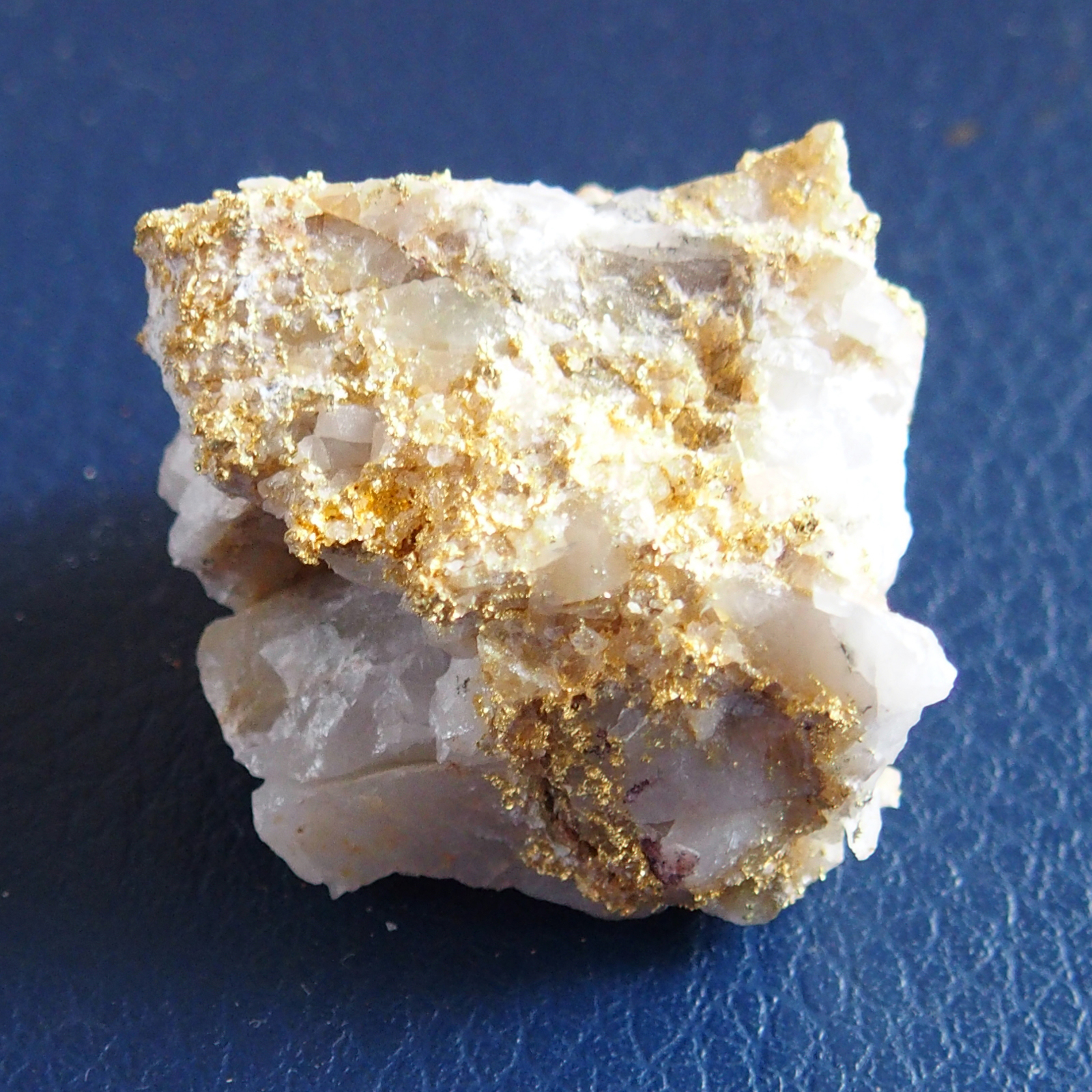
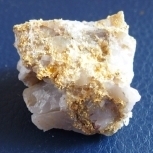
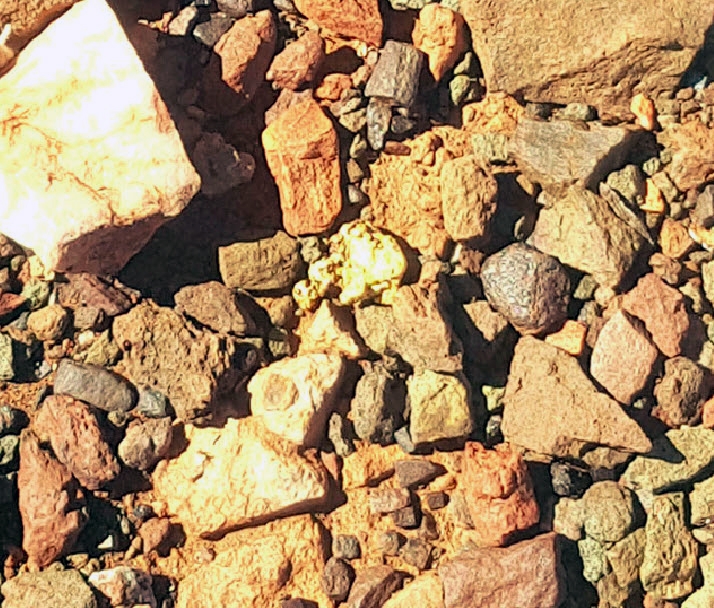

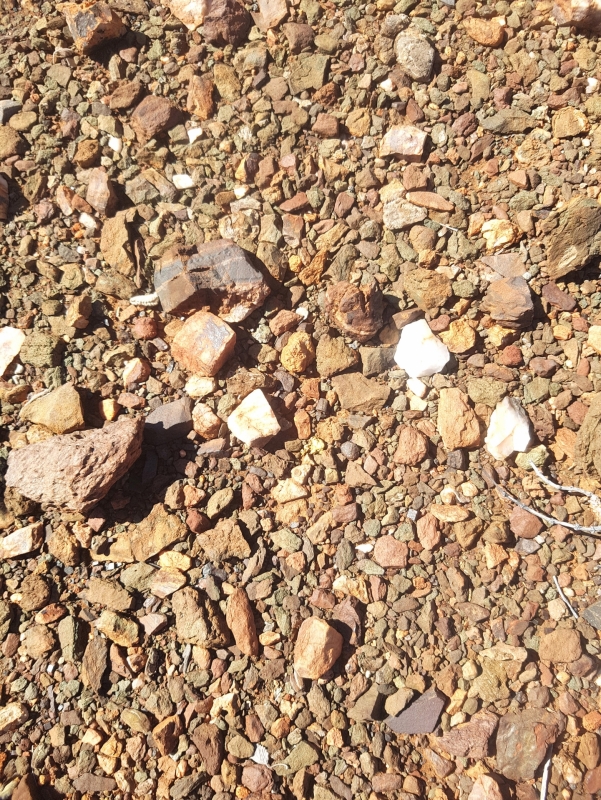
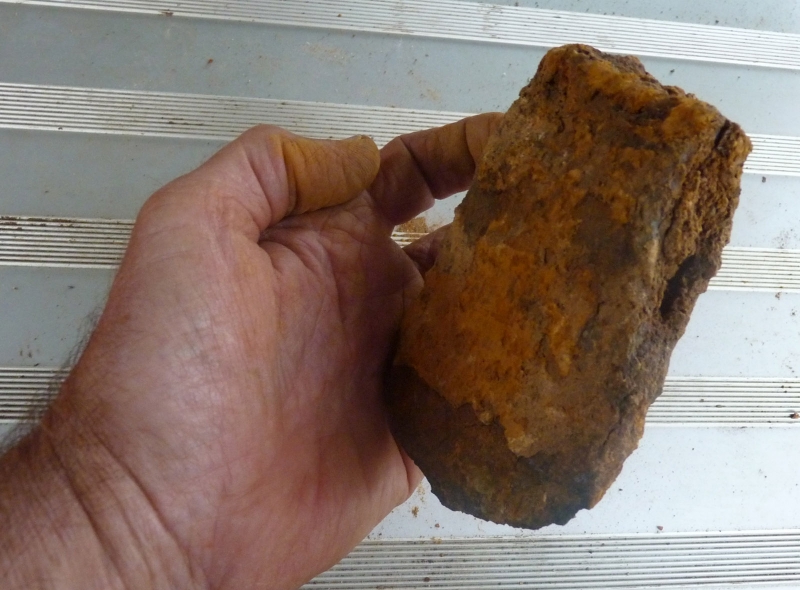
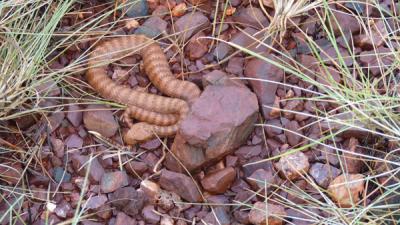
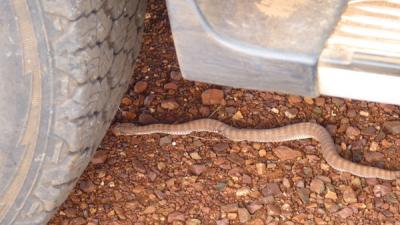
Minelab Vanquish, New Detector Soon To Be Released
in Minelab Metal Detectors
Posted
Agree. An upgraded CTX with a serious gold capability. That is, a detector that can locate gold in areas of high trash. Not a competitor to the 7000, but to complement it. Just a guess.